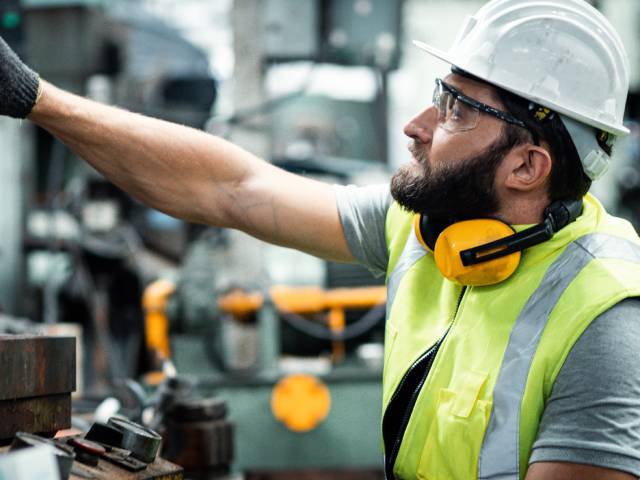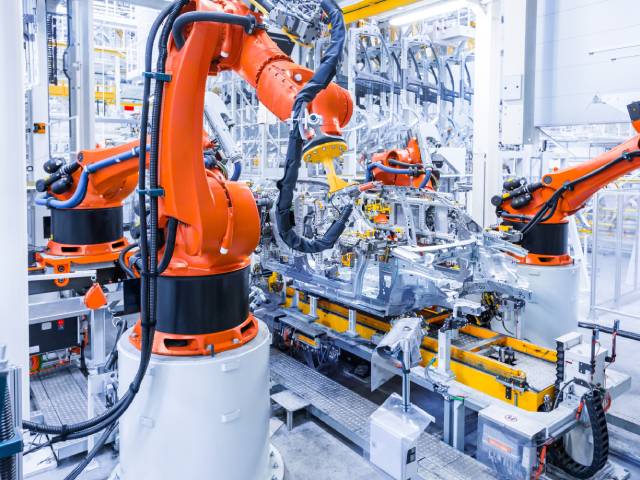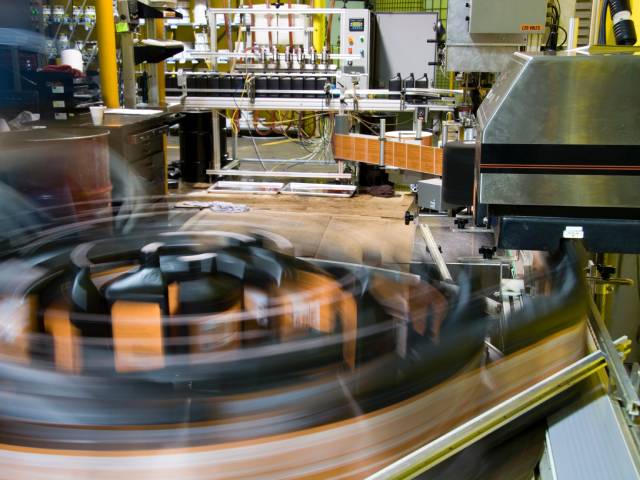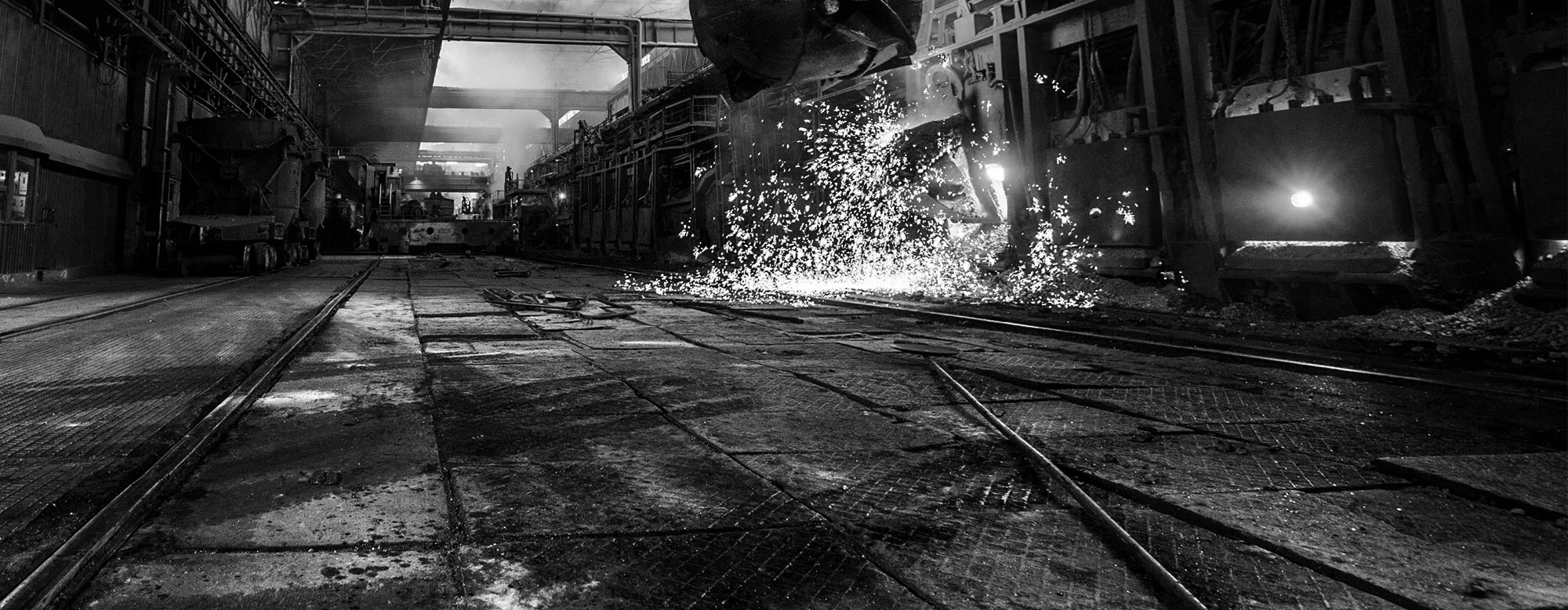15 Common Applications for Electric Linear Actuators

Electric linear actuators are versatile devices that convert electric energy into linear motion. They are used in a wide range of applications across various industries due to their precision, reliability, and efficiency. Read on to explore 15 common applications for electric linear actuators and discover their importance and benefits in each use case.
Medical Devices
Electric linear actuators are integral for medical devices like hospital beds, dental chairs, and patient lifts. They provide smooth, precise movement, enhancing patient comfort and safety. In adjustable hospital beds, actuators enable effortless position changes, aiding patient care and recovery. Similarly, in dental chairs, they ensure accurate positioning for optimal treatment.
Medical Imaging Equipment
In medical imaging equipment, such as MRI machines, CT scanners, and X-ray tables, electric linear actuators ensure precise positioning of patients and imaging components. This precision is critical for obtaining high-quality diagnostic images. Actuators enable smooth and accurate movements, allowing for adjustments to patient positioning or the alignment of imaging devices. This enhances the accuracy and efficiency of diagnostic procedures, contributing to better patient outcomes. By ensuring consistent and reliable positioning, actuators play a vital role in the functionality and reliability of medical imaging equipment.
Specialized Medical Equipment
In addition to general medical devices, specialized medical equipment, such as surgical robots and rehabilitation devices, benefit from electric linear actuators. In surgical robots, actuators provide precise control and movement, allowing surgeons to perform minimally invasive procedures with greater accuracy and dexterity. Rehabilitation devices use actuators to assist patients in performing therapeutic exercises, aiding in recovery and mobility improvement. The precision and reliability of electric linear actuators contribute to the effectiveness and safety of these specialized medical applications, supporting advancements in medical technology and patient care.
Industrial Automation

In industrial automation, electric linear actuators play a crucial role in machinery and robotic systems. They are used for tasks like pressing, lifting, and positioning materials, as their precision and reliability make them ideal for repetitive and high-precision operations. Actuators improve efficiency, reduce labor costs, and increase productivity in manufacturing processes.
Agricultural Equipment
Electric linear actuators are widely used in agricultural equipment, including tractors, harvesters, and sprayers. They enable automated control of various functions, such as adjusting seed drill depth, opening and closing hatches, and steering. Actuators enhance the efficiency and accuracy of agricultural operations, leading to better crop yields and resource management.
Aerospace Industry
In the aerospace industry, electric linear actuators are essential for controlling flaps, rudders, and landing gear in aircraft. Their reliability and precision are crucial for flight safety and performance. Actuators are also used in satellite positioning systems, ensuring accurate deployment and operation of satellite components in space.
Automotive Components
Electric linear actuators are common in automotive components, such as power seats, window lifts, and trunk openers. They provide smooth and reliable motion, enhancing the convenience and comfort of vehicle occupants. In addition, actuators are used in adaptive cruise control systems and electric vehicle charging stations, contributing to the advancement of automotive technology.
Home Automation
Home automation systems frequently utilize electric linear actuators for tasks like opening and closing windows, adjusting blinds, and operating home entertainment systems. Actuators enable smart home features that enhance convenience, energy efficiency, and security. For example, automated window openers can improve ventilation and reduce energy consumption.
Renewable Energy
In renewable energy systems, electric linear actuators are used to adjust the position of solar panels and wind turbines. They help optimize the angle of solar panels for maximum sunlight exposure and adjust wind turbine blades for optimal performance. Actuators contribute to the efficiency and reliability of renewable energy systems, supporting sustainable energy production.
Marine Applications
Marine applications, including boat hatches, rudder control, and anchor winches, often rely on electric linear actuators. Their resistance to harsh marine environments and ability to provide precise movement make actuators ideal for marine use. They enhance the safety and functionality of marine vessels, ensuring smooth and reliable operation.
Entertainment Industry
In the entertainment industry, electric linear actuators are used in stage and lighting equipment, such as moving platforms, automated lighting rigs, and special effects devices. They provide the precision and reliability needed for complex stage movements and effects. In this way, actuators help create dynamic and engaging performances, enhancing the audience experience.
Robotics
The realm of robotics heavily depends on electric linear actuators for precise movement and control. They are used in robotic arms, grippers, and mobile robots to perform tasks such as assembly, welding, and material handling. Actuators enable robots to execute high-precision operations, improving efficiency and accuracy in various industrial and research applications.
HVAC Systems
For heating, ventilation, and air conditioning (HVAC) systems, electric linear actuators play a crucial role in controlling dampers, valves, and louvers. Actuators allow for precise adjustments to maintain comfort and energy efficiency, regulating airflow, temperature, and humidity to ensure optimal indoor climate conditions. For instance, they can modulate the opening of dampers to balance air distribution or adjust valves to control coolant flow. By automating these adjustments, actuators contribute to the overall efficiency and effectiveness of HVAC systems, reducing energy consumption while enhancing indoor comfort.
Furniture
Electric linear actuators are used in adjustable furniture, such as ergonomic office chairs, adjustable desks, and reclining sofas. These actuators provide smooth and precise adjustments, allowing users to customize their seating or working positions for maximum comfort and functionality. In office environments, adjustable desks with actuators promote better posture and reduce the risk of musculoskeletal issues. Meanwhile, reclining sofas and adjustable beds enhance relaxation and convenience at home. The incorporation of actuators into furniture design significantly improves the user experience, making everyday tasks more comfortable and adaptable to individual needs.
Packaging Industry

The packaging industry uses electric linear actuators in machinery for tasks such as sealing, labeling, and sorting products. Actuators provide the precision and speed required for high-volume packaging operations. In sealing machines, actuators ensure consistent pressure and alignment, resulting in secure packaging. Labeling machines use actuators to position labels accurately, maintaining consistency across products. Sorting machines rely on actuators to direct items to the appropriate bins or conveyors. By improving the efficiency and consistency of packaging processes, actuators help reduce downtime and increase throughput, making them essential for modern packaging operations.
Now that you know more about the common applications for electric linear actuators, you can see why they are so important across various industries. Whether it’s adjusting the position of solar panels or controlling the movement of surgical robots, these devices are integral to modern technology and innovation. Embracing the capabilities of electric linear actuators can significantly improve the performance and functionality of your specific operations.
